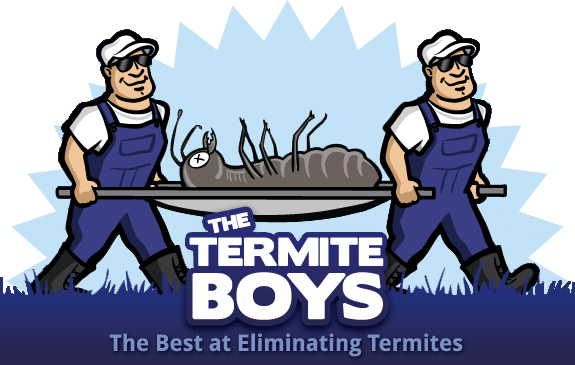Termites—those tiny yet destructive insects—can cause significant damage to your home if left unchecked. Known as “silent destroyers,” termites feast on wood, weakening your home’s structures and often leaving no visible signs of infestation until the damage is already severe.
The good news? With a bit of knowledge and effort, you can safeguard your home against these wood-munching pests. This blog outlines 10 actionable tips to prevent termites from invading your home, along with some signs to look out for and ways to take proactive measures.
Why Termite Prevention Matters
Termites may be small, but their ability to damage homes is monumental. According to the United States Department of Agriculture (USDA), termites cause more than $5 billion in property damage annually in the U.S. alone. What’s worse, most home insurance policies do not cover termite damage, making prevention all the more critical.
By taking steps to prevent termites, you can protect your home’s structure, ensure a safe environment, and potentially avoid costly repairs.
1. Keep Moisture at Bay
Termites thrive in moist environments, making water a major attractor. Here’s how you can reduce moisture levels around your home:
- Fix leaky faucets, pipes, and air conditioning units promptly.
- Ensure your gutters and downspouts are clear to prevent water buildup near your foundation.
- Use dehumidifiers in damp areas, particularly basements, to control humidity levels.
By keeping things dry, you create an environment termites will find less appealing.
2. Reduce Wood-to-Ground Contact
Direct contact between wood and soil is a termite’s dream scenario. To minimize this risk:
- Ensure any wooden parts of your home’s structure, such as siding or door frames, are at least 6 inches above ground level.
- Use concrete or metal in contact points where wood meets the soil.
This setup makes it harder for termites to gain entry into your home.
3. Store Firewood and Mulch Away from Your Home
Firewood, mulch, and dead tree stumps are like a buffet for termites. Store firewood at least 20 feet away from your home and keep it raised off the ground. Similarly, use alternatives like gravel or pine needles instead of mulch close to your home’s foundation.
4. Seal Cracks and Gaps
Tiny cracks and gaps in your home’s foundation or walls can provide entry points for termites. Inspect your home carefully and seal any openings with caulk or other suitable sealants. Don’t forget to check window frames and doorways too.
5. Inspect and Treat Wooden Furniture
Termites don’t just target structural wood—they can also infest your furniture. Regularly inspect wooden furniture for signs of termite activity, such as sawdust or small pinholes. Treat the wood with termite-resistant sprays or varnishes to provide an additional layer of protection.
6. Maintain Proper Ventilation
Poor ventilation creates damp and humid spaces, which termites love. To combat this:
- Install vents in attics, basements, and crawl spaces to improve airflow.
- Regularly clean vents and ensure they’re not blocked by debris.
Proper ventilation keeps your home dry and discourages termites.
7. Keep an Eye Out for Warning Signs
Even with preventive measures in place, it’s important to catch a potential infestation early. Common signs of termites include:
- Mud tubes near the foundation of your home
- Hollow-sounding wood or wood that appears blistered
- Discarded wings near windows, doors, or light fixtures
- Piles of termite droppings, often resembling grains of sand
If you spot any of these signs, act immediately.
8. Protect Your Garden
Gardens are a wonderful addition to any home but can inadvertently attract termites. Here’s how to keep these pests away from your greenery:
- Avoid overwatering plants and ensure proper drainage.
- Remove dead plants or rotting branches regularly.
- Use termite-resistant mulch, such as cedar or cypress.
A well-maintained garden is less likely to harbor termites.
9. Use Termite Repellents and Barriers
There are several commercially available termite repellents and barriers you can utilize:
- Apply liquid termite barriers around your home to create a chemical line of defense.
- Sprinkle boric acid or diatomaceous earth in areas where termites might enter.
- For a more eco-friendly option, neem oil can disrupt termites’ feeding and reproductive cycles.
Consult a professional if you’re unsure about which products to use for your specific situation.
10. Schedule Regular Professional Inspections
While there are plenty of steps you can take on your own, nothing beats a professional termite inspection. Experts have the tools and experience to detect hidden infestations and recommend treatments tailored to your home’s needs.
Most pest control companies recommend scheduling an inspection at least once per year, even if you suspect no issues.

